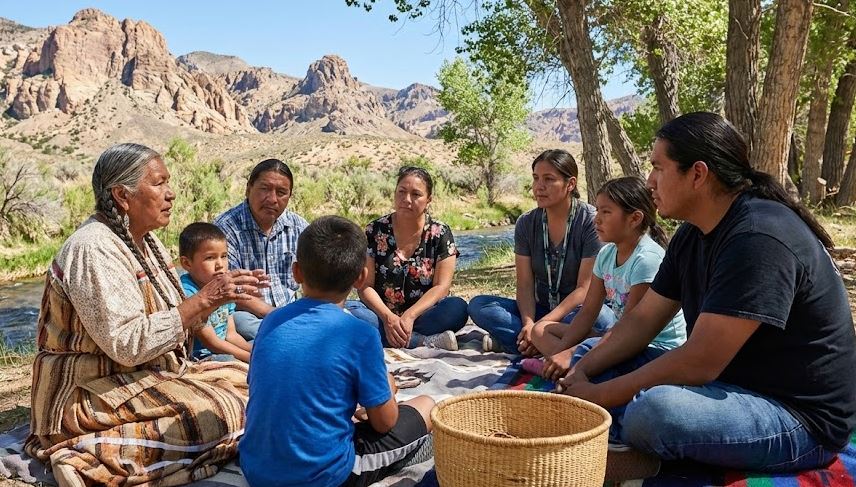This article explores the diverse names and designations associated with Iowa before it became the state we know today.
The Land of the Baxoje: Iowa's Indigenous Roots
Before any European flags were planted, the land destined to become Iowa was home to vibrant Native American cultures for thousands of years. Tribes including the Ioway, Sauk (Sac), Meskwaki (Fox), Sioux, and others inhabited and utilized the region's fertile prairies and river valleys. The state's very name is derived from the Ioway people, who referred to themselves as "Baxoje," often translated as "the grey snow" or "the dusty ones." Each tribe had its own designations for the land, reflecting their unique relationship with the environment.
European Claims: Part of "La Louisiane"
With the arrival of French explorers and fur traders in the 17th century, the Iowa region became incorporated into the vast territory claimed by France. During this period, the area was considered part of "La Louisiane" (Louisiana), the enormous expanse of land drained by the Mississippi River system claimed by France. French influence was primarily centered around trade and exploration rather than large-scale settlement in this particular area.
Territorial Shuffle: A Journey Through U.S. Administration
Following the pivotal Louisiana Purchase in 1803, the Iowa region officially became part of the United States. However, its administrative identity went through several transformations before becoming distinct:
- Part of Indiana Territory & Louisiana Territory: Initially, parts of the region were included within these early territories.
- Part of Missouri Territory (1812-1821): As the territories were reorganized, Iowa fell under the jurisdiction of the Missouri Territory.
- Unorganized Territory: After Missouri achieved statehood, Iowa existed for a time as unorganized territory.
- Part of Michigan Territory (1834): Administration shifted again as the Michigan Territory expanded westward.
- Part of Wisconsin Territory (1836): As Michigan prepared for statehood, Iowa became part of the newly formed Wisconsin Territory.
- The Iowa Territory (1838-1846): Finally, in 1838, Congress established the Iowa Territory, giving the region its own distinct administrative identity and government, with Burlington serving as an early capital.
Nicknames Before Statehood: Prairies, Beauty, and the Hawkeye
During its territorial period, Iowa began to acquire nicknames reflecting its character:
- "The Land of Rolling Prairies": Accurately described its dominant geographical feature.
- "The Beautiful Land": Captured the scenic appeal perceived by settlers.
- "The Hawkeye State": The nickname that ultimately endured is believed to have been popularized in 1838 by James G. Edwards, editor of the Fort Des Moines Patriot newspaper (later moved to Burlington). While the exact reasoning is debated, Edwards likely chose it either in honor of Chief Black Hawk, a prominent Sauk leader known for his resistance during the Black Hawk War, or as a reference to a character in James Fenimore Cooper's novel The Last of the Mohicans. This nickname gained popularity and became closely associated with Iowa as it moved towards statehood in 1846.
 Iowa's journey to statehood was shaped by diverse cultures and historical events. The names and nicknames associated with the land before it became the official state offer a glimpse into its rich past and the enduring spirit of its people.
Iowa's journey to statehood was shaped by diverse cultures and historical events. The names and nicknames associated with the land before it became the official state offer a glimpse into its rich past and the enduring spirit of its people.



